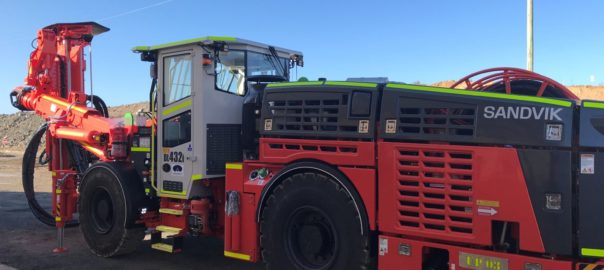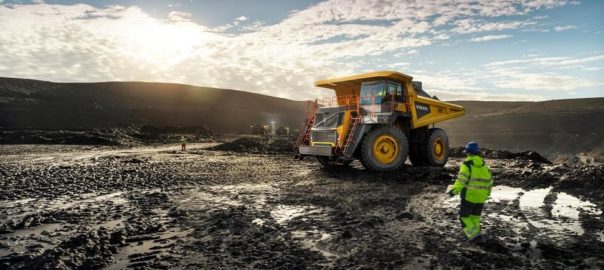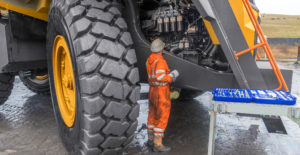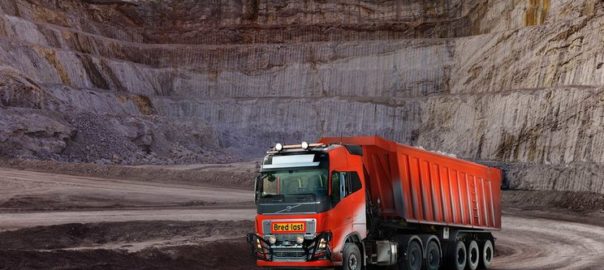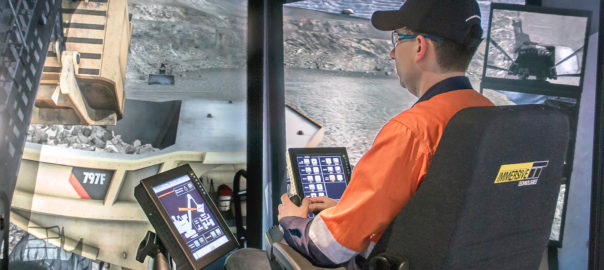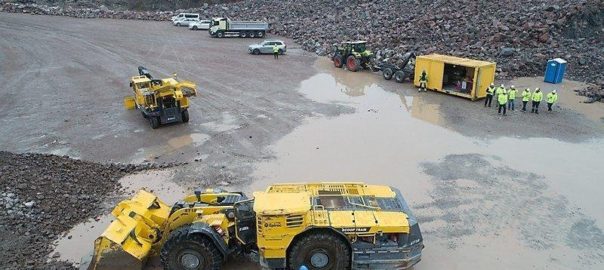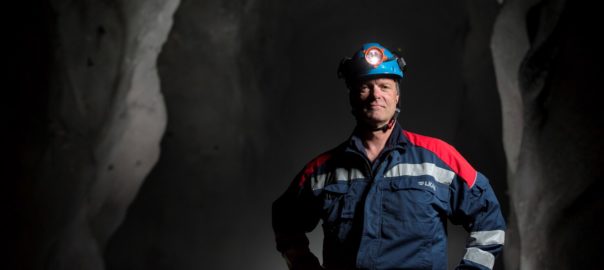Alkane Resources is rolling out a A$16 million ($11.8 million) upgrade of its underground mining equipment fleet to support the development of the Tomingley Gold Extension project in New South Wales, Australia.
Alkane’s Tomingley Gold Operations (TGO) recently received a new Sandvik DL432i production drill, a fully-mechanised, highly versatile and compact electro-hydraulic top hammer longhole drill, to replace an older model drill, it said.
TGO, which recently replaced three of its Cat 2900 loaders, will also soon be receiving four new Epiroc MT65 trucks (65 t payload), four Volvo integrated tool carriers, as well as a Cat 140M grader and a new development jumbo drill.
TGO General Manager, Jason Hughes, said: “Our original underground second hand fleet has done a great job getting the project started with a very low capital outlay for what was a planned three-year mine life. Now, with an extended underground mine life out until at least 2026, it’s time to replace it with a new modern fleet.
“By committing A$16 million to a new fleet, we will be ensuring TGO will be an efficient and productive mining operation well into the future.”
The mine produced 56,958 oz of gold in the 12 months to June 30, 2021, with plans for it to produce 55,000-60,000 oz in the 12 months to June 30, 2022.







